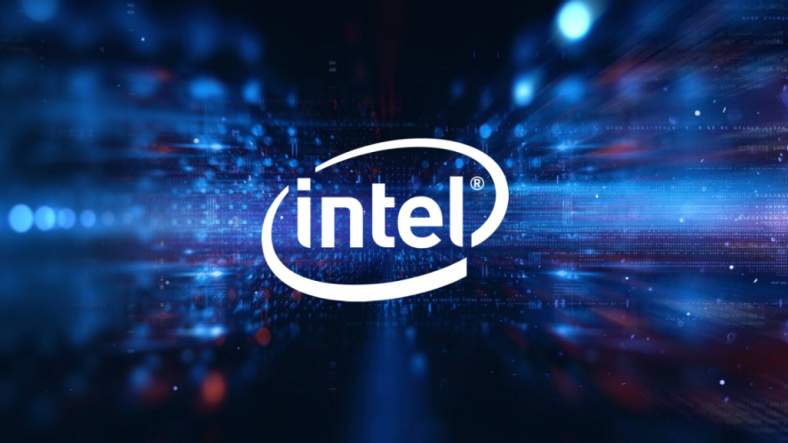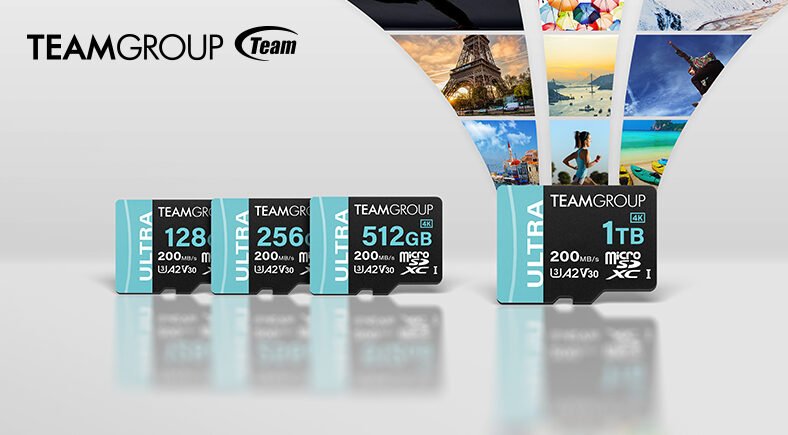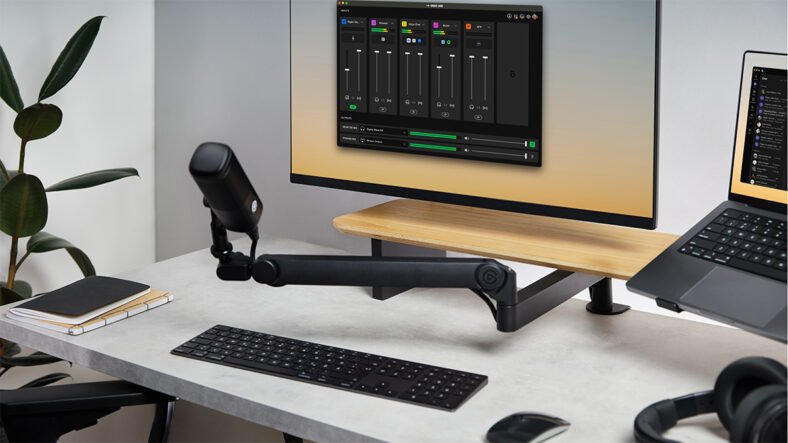
In recent years, AMD has tried its best to take a chunk of the server CPU market force from Intel, which has always been the dominant force in the server CPU market. Intel dominates the market with a whopping 92% market share and plans to keep it like this with its new Ice Lake processors. However, AMD has increased its market share of the server CPU market and wants to continue to increase it with its EPYC lineup.
But Intel is planning to keep up its big share in the server-side and even increase it with New Ice Lake server processors. According to TrendForce, Intel dominates the x86 architecture server market with a 92% market share, but AMD has been challenging Intel. AMD has grown to capture 8% of the marker which is a 3% increase compared to Q4 of 2019.
According to Trendforce, the Ice Lake platform will bring a 21% increase in server chip shipments in Q2 of 2021. Intel’s 3rd Gen Ice Lake-SP Xeon CPUs will be based on the 10nm+ process node which utilizes the Sunny Cove core architecture. The Intel Sunny Cove x86 architecture has been around since 2019 and was first featured on Intel’s 10th Gen Ice Lake processors for the notebook segment.
Some major features of Ice Lake-SP Xeon server CPUs are listed below.
- 2.7x density scaling vs 14nm
- Self-aligned Quad-Patterning
- Contact Over Active Gate
- Cobalt Interconnect (M0, M1)
- 1st Gen Foveros 3D Stacking
- 2nd Gen EMIB
Image Credit: Intel
According to Momomo_US, the Ice Lake-SP Xeon processors will come in two types. XCC (Extreme Core Count) and HCC (High Core Count). The XCC SKUs will feature 16, 18, 28, 32, 36, 38, and up to 40 cores. The HCC SKUs will feature 8, 12, 16, 18, 20, 24, 26, and up to 28 cores. The TDPs will range from 105, 135, 150, 165, 185, 205, 220, 235, 250, and all the way up to 270W for the flagship SKU.
The XCC variants with 32, 36, 38, and 40 cores will be configurated at around 205-270W TDPs. As for clock speeds, one 40 core SKU is mentioned to feature a base clock of 2.30 GHz. The boost clock is currently unknown.
The Ice Lake CPUs will be the first server processors to support PCIe Gen 4. The Whitley platform allows for the Ice Lake CPUs to support the fastest standard of DDR4 RAM.
The 3rd Gen Ice Lake-SP Xeon CPUs will be going head to head with AMD’s upcoming Milan server CPUs. However, the Intel Ice Lake-SP chip in its current state is just on par with AMD’s Rome lineup. And with Milan launching soon, Intel’s hopes for Ice Lake-SP being competitive in the server segment look very low.












